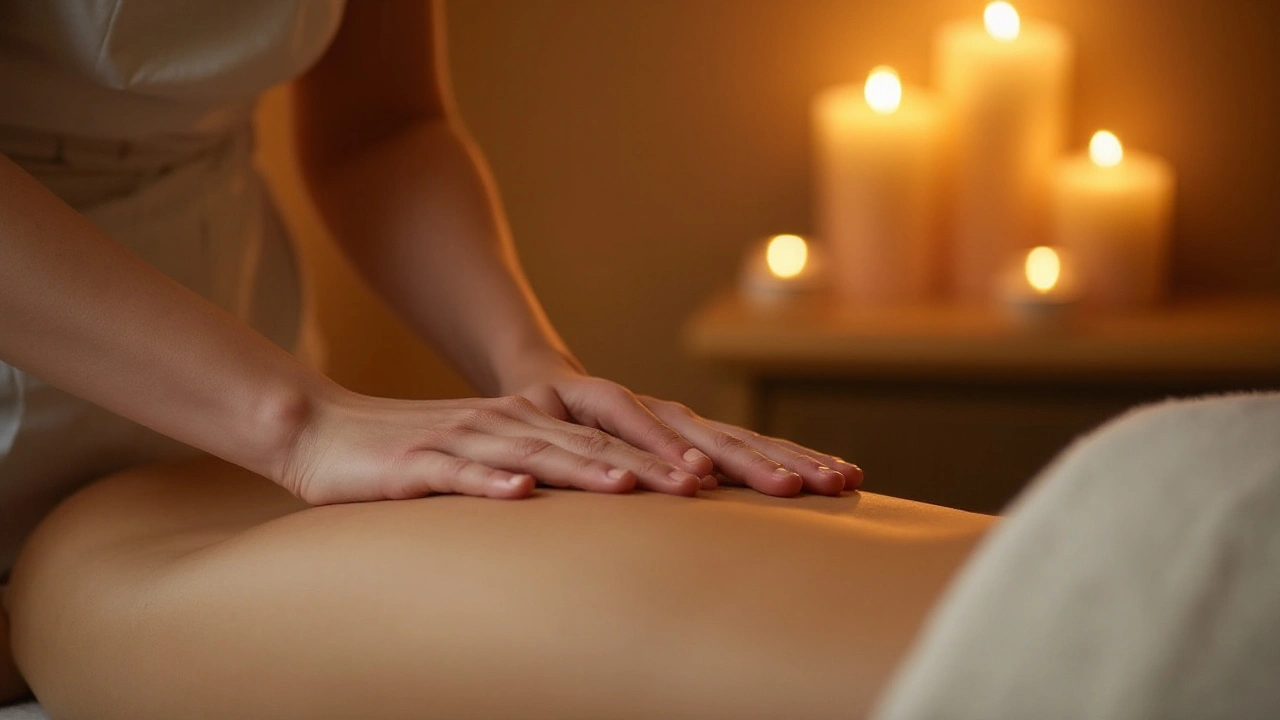Pain Relief Therapy: Practical Ways to Ease Pain Fast
What if a simple touch, a few gentle moves, or the right pressure could cut through pain without drugs? For many people that’s real. This page gathers clear, useful ways to manage pain right now and over time.
Start with what you can do at home. Quick wins: apply heat or cold for 15–20 minutes, try slow guided breathing to lower muscle tension, and use gentle stretching for tight areas. A basic self-massage or using a tennis ball on your shoulder can break up knots fast. These steps don’t replace medical care but often reduce pain enough to think clearly about the next step.
Hands-on methods that work
Trigger point massage targets tight muscle spots and gives fast relief for local pain. Acupressure uses firm pressure on specific points to ease headaches and neck stiffness. Warm stone or warm compresses relax muscles and improve sleep during flare ups. Ortho-Bionomy and gentle methods like Feldenkrais help the body relearn movement patterns and reduce chronic aches without force. Deeper structural work such as Rolfing or Hellerwork focuses on posture and alignment to lower recurring pain over months rather than minutes. Palliative massage aims to comfort people with serious illness by easing pain and stress at the same time.
Some therapies, like Hilot, Lomi Lomi, or Kahuna, mix rhythm, long strokes, and cultural rituals to relax the nervous system. Blind massage therapists often have heightened touch skills that spot trouble faster. If you’re curious, try one short session and judge by how your body feels in 48 hours.
How to pick the right therapy and practitioner
Match the method to your goal. Need quick muscle relief? Try trigger point, acupressure, or warm stone. Want long-term posture change? Look at Rolfing, Hellerwork, or Feldenkrais. For chronic pain that reacts badly to strong pressure, consider Ortho-Bionomy or gentle bodywork. Ask a practitioner about training, session length, and what sensations to expect. Good therapists explain risks and expected outcomes and give aftercare tips.
Combine therapies wisely. Use manual therapy alongside medical advice, physical therapy, or pain management when needed. Track what helps: keep a simple diary of pain level, what you tried, and how you felt after 24–72 hours. Small patterns help you choose better treatments.
Finally, look after sleep, movement variety, and stress—these three influence pain more than most people expect. Try one change this week: swap one hour of sitting for light walking, or book a single targeted session with a therapist. Notice the difference. With simple steps and the right hands, pain can become manageable again.
Small daily habits stack. Drink water, eat proteins and veggies that lower inflammation, and break long tasks into 30-minute movement breaks. Time your therapy: schedule hands-on work after a light walk or gentle heat so tissues warm up and respond better. Communicate: tell your therapist what hurts, what feels better, and any medical limits. If pain spikes after a session, note it and ask for gentler pressure next time.
Start small, keep going.

Unlocking the Benefits of Neuromuscular Massage Therapy
Neuromuscular massage therapy is an innovative approach that focuses on treating muscle pain and improving mobility. This therapeutic practice targets specific muscles, easing tension and promoting relaxation. Regular sessions can play a significant role in managing chronic conditions, enhancing overall well-being. Discover the techniques and benefits of neuromuscular massage, and learn tips for finding a qualified therapist near you.
Categories
- Health and Wellness (148)
- Alternative Therapies (86)
- Massage Therapy (40)
- Travel and Culture (15)
- Beauty and Skincare (9)
- Holistic Health (8)
- Health and Fitness (5)
- Spirituality (5)
- Other (2)
- Personal Development (2)
Popular Articles



